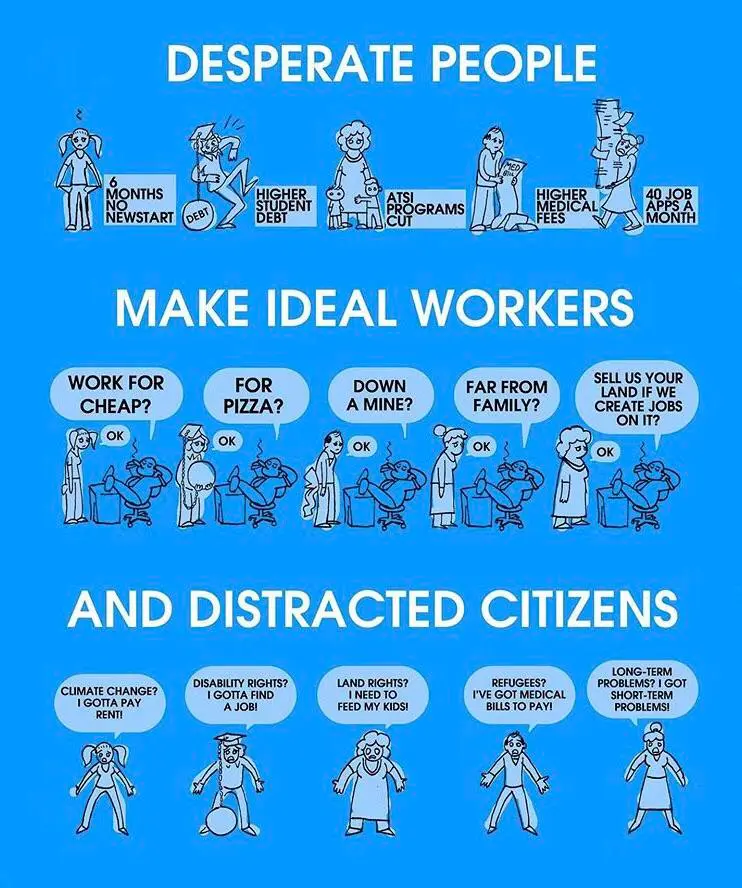

“Glue is not pizza sauce” seems like a common fact to me but Googles llm disagrees for example.
That wasn’t something an LLM came up with, though. That was done by a system that uses an LLM. My guess is the system retrieves a small set of results and then just uses the LLM to phrase a response to the user’s query by referencing the links in question.
It’d be like saying to someone “rephrase the relevant parts of this document to answer the user’s question” but the only relevant part is a joke. There’s not much else you can do there.








If your Java dev is using Jackson to serialize to JSON, they might not be very experienced with Jackson, or they might think that a Java object with a null field would serialize to JSON with that field omitted. And on another project that might have been true, because Jackson can be configured globally to omit null properties. They can also fix this issue with annotations at the class/field level, most likely
@JsonInclude(Include.NON\_NULL).More details: https://www.baeldung.com/jackson-ignore-null-fields